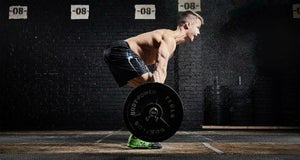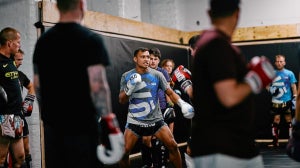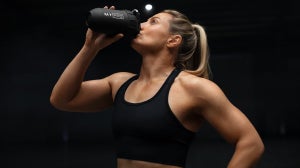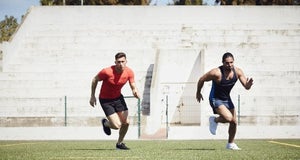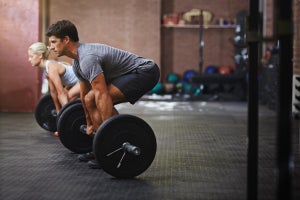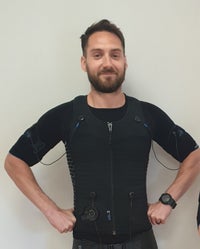
Add Handstands To Your Workout
Handstands used to be the exclusive domain of playground children and gymnasts. You probably attempted a fair few as a child, along with cartwheels and jump rope. However, you may have noticed more and more gym goers incorporating handstands into their usual routine.
As well as being fun and feeling like a quirky change of pace, handstands are an excellent addition to a workout program.
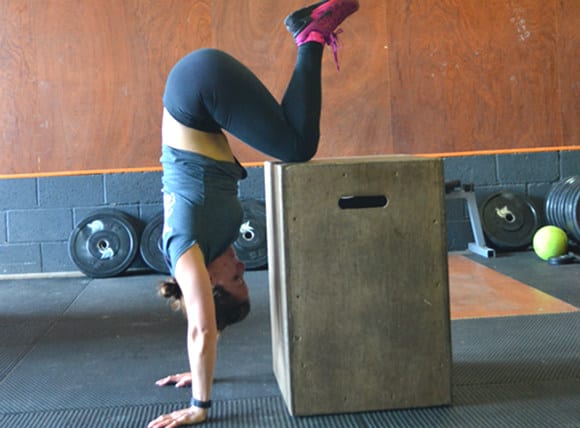
Upper Body Blast
Supporting your upper body in a handstand position is a great way to work your arms. They’re great if you are guilty of only working certain upper body muscles. Your wrists and forearms won’t be neglected at all when you embrace the handstand.
Balancing Act
The balancing required to keep your handstand steady comes from your core. Handstands are a crash course in keeping your core stable and engaged – if you’ve been lazy with your crunches or Russian twists, you’ll feel the burn the day after your handstands begin!
Your inside thighs and hamstrings are also strengthened as you keep your legs straight and elevated.
Boost Your Blood and Bones
As you go upside down, your diaphragm will stretch and allow an increase of oxygen into your blood flow. This benefits your muscles and major organs. The upside down position also increases blood flow to your upper body.
The strength training involved in handstands also benefits your bones. Your spine, wrists, and shoulders, in particular, will get a boost, and you’ll be less likely to suffer from osteoporosis later in life.
How do you start doing handstands?
While you may have thrown yourself into handstands at school, as an adult you might want to break things down first. Build up your technique by practicing against a wall for support. Place your hands shoulder width apart near to a wall. Walk your feet closer to your hands and lean forward until you can feel your back against the wall. Engage your core and raise your legs until they are also resting straight on the wall. For your first few attempts you may need a little kick off to get your legs upright.
Hold for around 5 seconds to preserve strength for a few more tries. You can build this up as you go along. Your aim at this point should be lifting and lowering your legs with slow control. As you become more confident, you can attempt the handstand without the wall for support. Make sure you practise in an area with plenty of space for you to fall. If you do feel yourself falling backward, tuck in your head and fall into a safe roll.
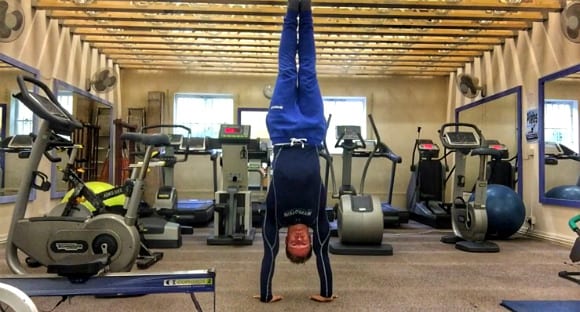
Helping Hands
You may find it both comforting and helpful to try the different stages out with someone to spot you. Some people also find using a yoga mat more comfortable.
Variations
Once you are comfortable on the wall or freestanding, you can add in variations to spice up your new balancing act. Incorporate some upside down push ups, to super charge your upper body workout. You could also work your flexibility and test your balance by relaxing your legs out into as close to splits as you can manage. Once you open up to the world of handstand workouts, your options are very varied. So get upside down and feel the benefit.
Our articles should be used for informational and educational purposes only and are not intended to be taken as medical advice. If you're concerned, consult a health professional before taking dietary supplements or introducing any major changes to your diet.


